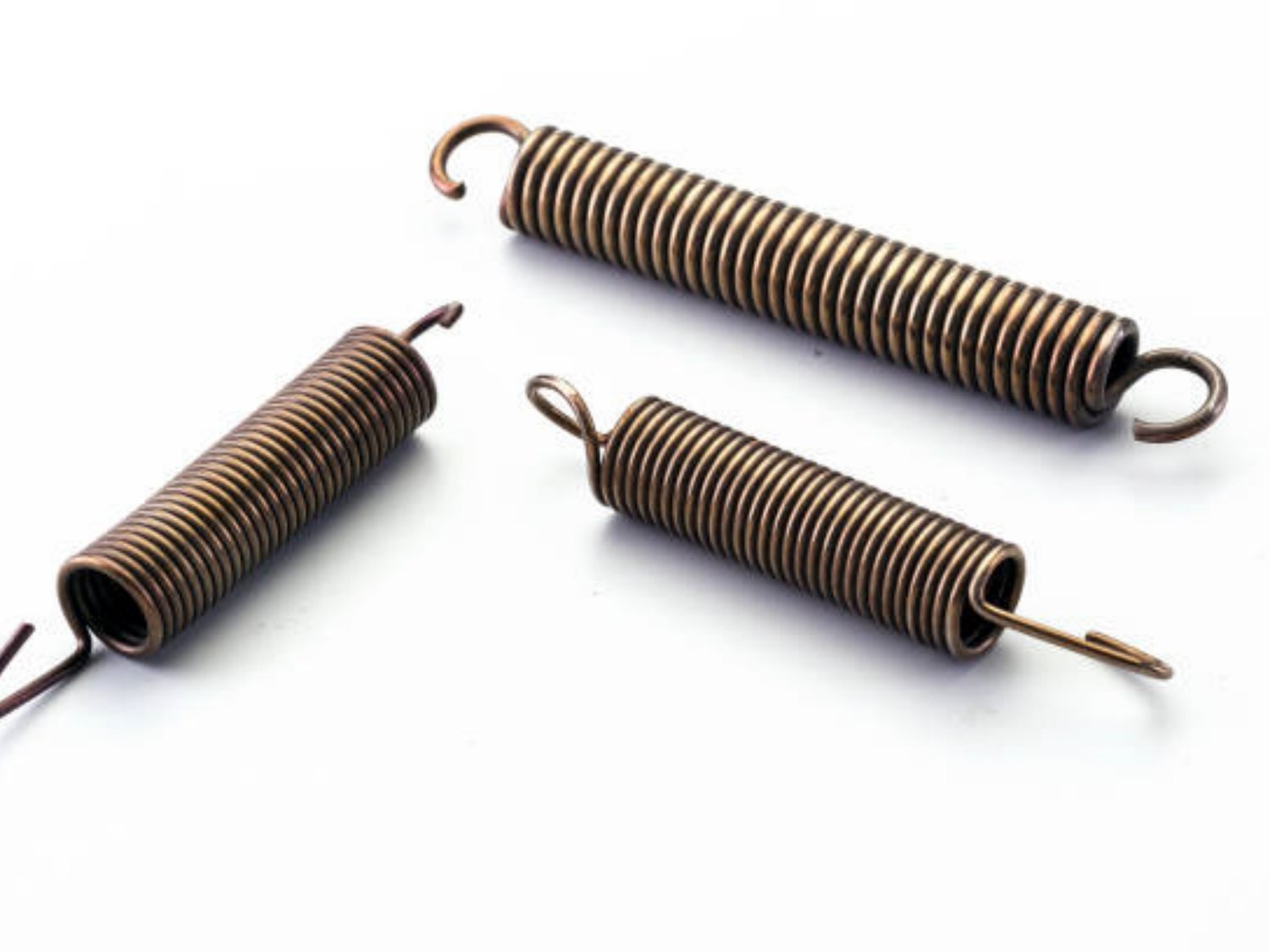Do You Need New Springs?
Car owners, mechanics, and experts alike will tell you that cars have several components that if they fail, can lead to devastating results. One of these components is the suspension system, specifically the springs. They play a crucial role in helping your car absorb shocks and have a smooth ride. But, how do you tell if you need new springs? In this article, we will take a comprehensive look at what to look out for.
1. Uneven Tire Wear
If your tires wear out unevenly or if one side of the tire has less tread than the other side, this could be an indicator of a problem with your springs. Uneven tire wear can be a telltale sign of worn out or damaged springs.
2. Nose Dive and Body Roll
If your car tends to lean to one side when you brake or turns, this could indicate that your springs are worn and need to be replaced. When springs wear out, they may not hold the vehicle steady, especially during turns, sudden stops, and bumps on the road. If you notice your car's nose diving when you apply brakes, it could also be due to worn out springs.
3. Bumpy and Rough Rides
Your car should provide a smooth and comfortable ride. But, if you hear noises when you drive over bumps or feel the car jostling and bouncing excessively, this could be a sign that your springs are wearing out, and you need to replace them. Shocks and struts that work in tandem with your springs can also contribute to this problem.
4. Suspension Bottoms Out
If you notice that your car's suspension system is always at the bottom, or your vehicle sags, it could mean that your springs are worn out. This could be a result of overloading your car or driving on rough terrain, which puts a lot of pressure on the springs, leading them to wear out faster.
5. Vehicle Height
If you notice a change in the height of your car, it could indicate worn springs. Springs that are worn out lose their ability to support the vehicle's weight. If the car sits too low or too high, it could also be a result of worn out springs that need replacing.
6. Presence of Oil
If you see oil on your car's shock absorbers or struts, it could indicate that your springs are failing. Oil soaks the spring, reducing their efficiency and lifespan, and can cause the springs to wear out faster.
7. Harsh Bumps and Sounds
New springs should be silent, and you should not hear any clunks or clacks when driving over bumps. If you hear harsh sounds and bumps when driving over rough surfaces, it could be a sign that your springs are worn out and need replacing.
8. Spring Age
If you are not sure when the last time your suspension system was serviced, it could be time for an upgrade. Older car models may have worn out or damaged springs due to extensive use and need to be replaced. Springs degrade over time, losing their tensile strength, and can cause your car's handling to deteriorate over time, making driving your vehicle unsafe.
9. DIY Inspection
You don't need to be a mechanic to inspect your car's springs. You can identify potential spring issues by checking for rust, breaks, or cracks and comparing your springs to new ones. You can do this by pushing down on your vehicle, and if it bounces several times or fails to spring back, it is due for new springs.
10. Consult a Mechanic
When in doubt, always seek advice from a qualified mechanic. A professional can diagnose and tell you exactly what's causing problems with your car. They can tell whether you need to replace your springs or if there is a more significant issue that needs addressing. Book it in and get it seen to.

